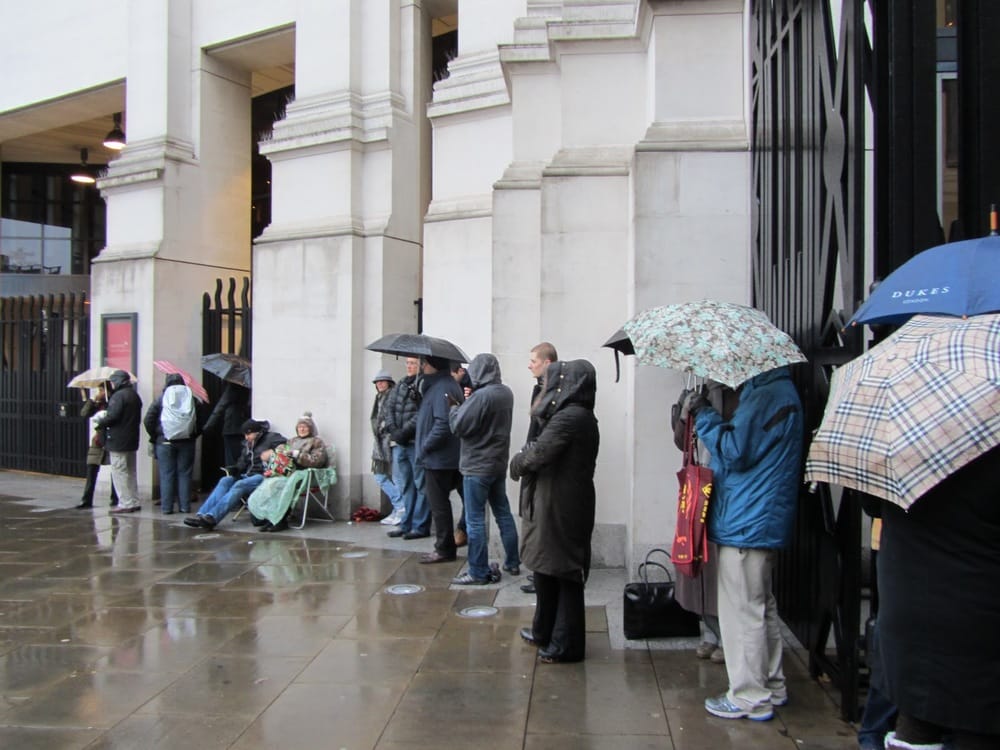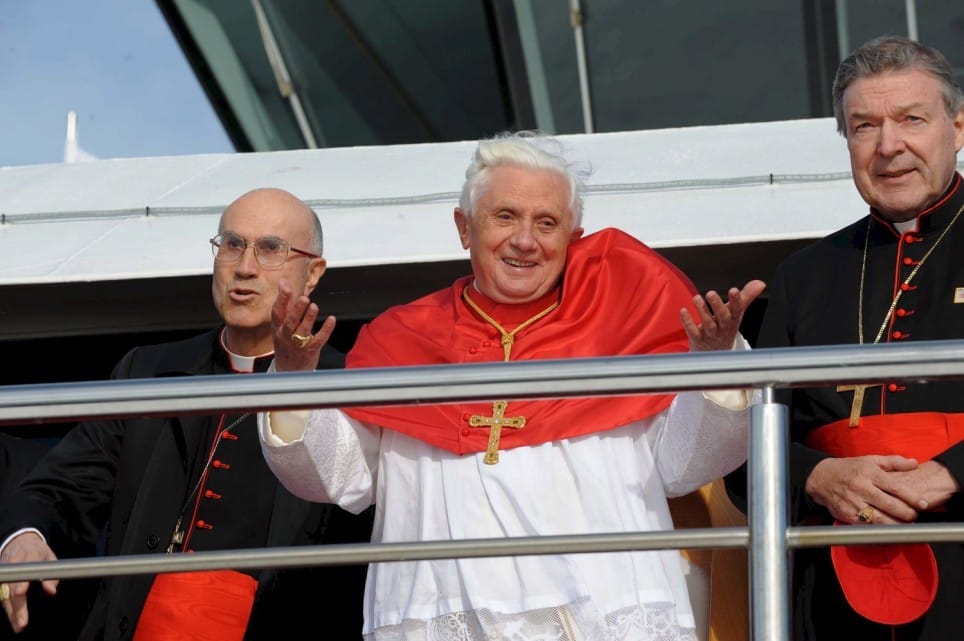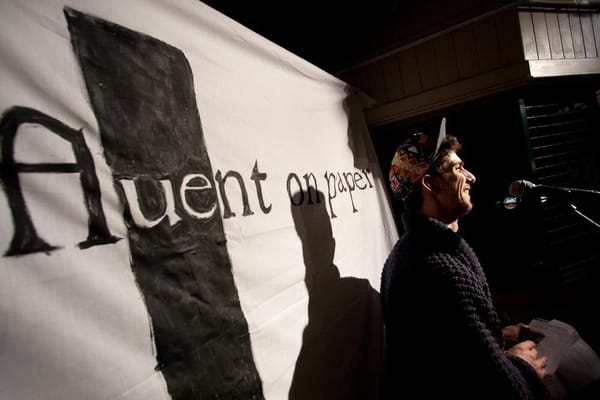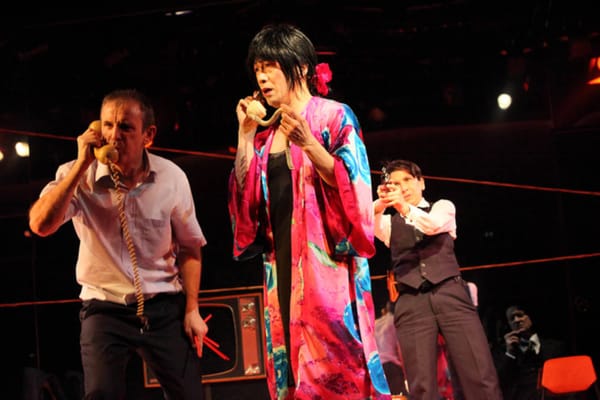Veni, Vidi, Vinci
Deepka Rana and George Howard came to the Leonardo exhibition, had a look around then, err, wrote a review, unearthing a few conspiracy theories along the way

We would never claim to have an impressive bank of knowledge of the arts, however this did not reduce the sheer excitement felt when, against all odds, we secured a set of, now hallowed, tickets to the Leonardo da Vinci exhibition.
Since November, more than half of the Old Master’s existing paintings and a multitude of his drawings have been hanging within the halls of the National Gallery’s Sainsbury Wing. Insured for a breathtaking £1.5bn, the collection was remarkable for its unprecedented scale, displaying paintings and drawings never before seen together. In fact, this was an exhibition of many firsts – notably, the two versions of the ‘Virgin of the Rocks ‘ could be seen facing each other - and certainly did not disappoint as a once-in-a-lifetime show.
The selected works, shown under the title of Painter at the Court of Milan chronicled the time Leonardo spent in the employment of Ludovico Sforza, the Duke of Milan, during the late 15th Century. It was this partnership that was responsible for the remarkable metamorphosis of the art of painting that took place during his 18-year residency; although Leonardo did not complete a great number paintings in his lifetime, this particular period was responsible for some of his most revered work.
“This was an exhibition of many firsts – a once-in-a-lifetime show”
It was almost reassuring to find that, even for a master craftsman like Da Vinci, the mantra of ‘practice makes perfect’ still holds. Adorning many walls was a wide selection of comparatively small sketches or ‘studies’, most of which are part of the Royal Collection, on loan from Her Majesty the Queen. Leonardo used these to practice the many intricate details of his paintings before beginning the actual piece. The importance of these studies can truly be appreciated as the exhibition continues from room to room. Rough sketches such as those of human hands, a woman’s head from varying angles and the paws of an animal are just a few examples; placed later into a final painting, the sketches give a sense of déjà vu when viewing the final piece for the first time. These paintings were not created in flashes of inspiration, but were the product of years of study in the pursuit of perfection.

In fact perfection, and in particular idealised beauty, was another theme that ran throughout this particular selection of pieces, and indeed through all of da Vinci’s work. In his portrayal of women, such as Cecilia (Sforza’s long term mistress) in ‘Lady with an Ermine’, da Vinci gives the subjects such perfect features that it was often questionable whether he actually paid much heed to the sitter’s true form. This idealisation was fuelled in part by the belief that outer beauty reflected the virtue within a person. In fact the portrait of Cecilia was deemed so beautiful that it moved Bellincinio, a court poet, to write a poem about it, displayed in the exhibition adjacent to the painting itself.
This review could not pass without a mention of the extraordinary agreement with the Louvre that allowed for the remarkable sight of both versions of the ‘Virgin of the Rocks’ hanging side by side. This was a juxtaposition never seen during Leonardo’s lifetime, or ever since, and is unlikely to be repeated. Although superficially similar, the subtle intricacies of the two works revealed how Da Vinci’s technique and style changed over his time in Milan. They also served to emphasise the attention to detail that Leonardo poured into each of his works, with some elements so similar that it was hard to imagine that they were painted independently of each other. To be able to stand in the centre of a room with these two masterpieces on either side for comparison was a truly amazing experience.
“Idealised beauty was a theme that ran throughout this selection of pieces”
The final ‘_pièce de résistanc_e’, reached by a short detour into the bowels of the main gallery, was most definitely worth the suspense. Entering the second part of the Da Vinci exhibit, and turning the corner, one was greeted by the awe inspiring Last Supper, reproduced by one of Leonardo’s students on canvas. Leonardo’s original, painted on the wall of the Santa Maria delle Grazie monastery in Milan, has sadly hugely deteriorated since his time, partly due to the experimental materials the artist used to seal the wall after painting. However, two contemporary copies do luckily exist which provide a valuable record of the original.
This scene has been subject to many a conspiracy theory in its time; ranging from the presence of a pregnant Mary Magdalene to stories of the chalice and the Knights Templar. Some have even gone to such lengths as to superimpose a mirror image of the painting, and ‘see’ a Templar Knight and a baby pictured, raising many questions as to Leonardo’s true intentions in his portrayal of biblical scenes. Unable to obtain any comment from His Holiness the Pope, the authors can neither deny nor confirm such theories…
Unfortunately, Leonardo at the National Gallery has since finished.










